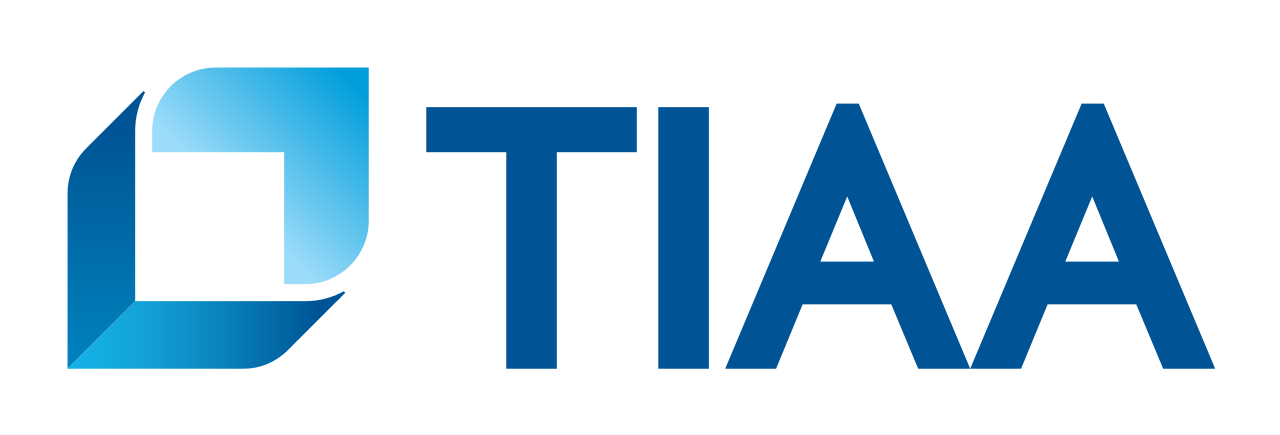One of the benefits available to you through the Nevada System of Higher Education (NSHE) is the ability to voluntarily save for retirement on a before-tax basis through a Tax-Sheltered Annuity (TSA), which is also called a 403(b) plan.
A contribution to a TSA plan is an excellent way to supplement your retirement savings. Contributions are deducted from your salary automatically, either on a pre-tax basis or an after-tax (Roth) basis. If you choose a pre-tax deduction, your current taxable income is lowered by the amount of your deferral, and you will pay income tax on your withdrawals at retirement. If you choose the after-tax (or Roth) deduction, then as long as you are age 62 and your account has been active for five years or more when you access the funds, your withdrawals may be tax-free.
Under a change made in SECURE 2.0, a higher catch-up contribution limit applies for employees aged 60, 61, 62 and 63 who participate in this plan. For 2026, this higher catch-up contribution limit is $11,250 instead of $8,000. To qualify for the higher catch-up contributions, participants must be aged 60, 61, 62 or 63 on December 31 of the calendar year. Once a participant turns 64, they revert to the standard age 50+ catch-up contribution limit.
- For 2026, the standard annual deferral limit is $24,500, and the 60-63 “super catch-up” contribution limit is $11,250.
- That means an active participant aged 60, 61, 62 or 63 on December 31, 2026, can contribute up to $35,750 this year.
- Note: Catch-up contributions are optional for eligible employees.
Meet with local TIAA advisor virtually
Pre-register to meet with the University's financial advisor from TIAA on the third Friday of every month at 10 a.m. to ask questions about your plan.
If you are already participating in a TSA plan, and wish to change your deferral amount, you will need to change your deduction per paycheck in Workday. If you wish to begin a TSA you will need to change your deduction per paycheck in Workday and an application for TIAA.
Voluntary 403 (b) retirement plan limits
| Contribution type | 2025 limit | 2026 limit |
|---|---|---|
| Employee contribution-All employees | $23,500 | $24,500 |
| Individuals 50-59 years of age on December 31, 2026 | $31,000 | $32,500 |
| Individuals aged 60, 61, 62, and 63 on December 31,2026 | $34,750 | $35,750 |
| Individuals aged 64 and older on December, 31, 2026 | $31,000 | $32,500 |
Other considerations
You may wish to defer beginning your retirement income. However, you should be aware that there are federal minimum distribution rules, which require you to receive some income from your retirement plan contributions and earnings.
Minimum distribution laws
- Federal required minimum distribution (RMD) rules require that you begin receiving income from your retirement plan by April 1 the year after you reach the age of 73. However, if you are still employed, you may delay your RMD until April 1 of the year after you retire. RMD is not required for 403(b) Roth.
- Once you begin minimum distributions, you must continue to receive income each year thereafter to satisfy these rules. You are responsible for beginning minimum distributions; your investment carrier(s) can provide you with guidance.
- If you do not comply with these rules, you could become subject to a 50% excise tax on your minimum distribution.
- If you are of sufficient age to begin minimum distributions, you may wish to select the minimum distribution payment option as your payment option. This option may be appropriate if you want to maximize income deferral and preserve your accumulation, you have other income that is adequate for your basic income needs, or you want to postpone selecting an annuity or other distribution method.
Please consult with your 401 (a) investment carrier(s) to obtain more information.
